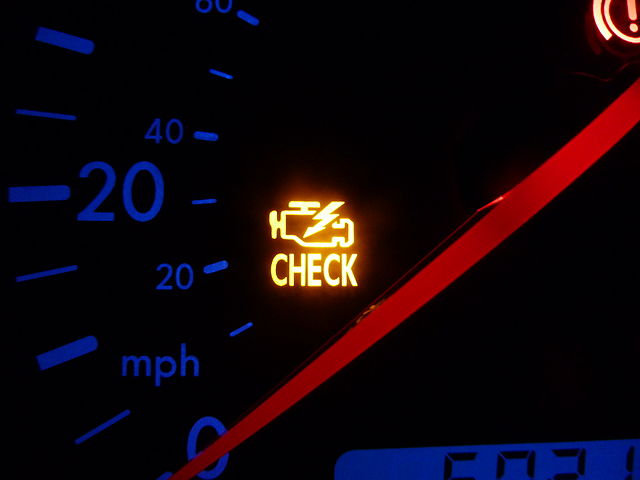
Over the last decade or so, car safety technology has accelerated. In just the last few years, braking-assist, passenger airbags, and autonomy have all gone mainstream. And so too has the conversation around the number of road injuries and deaths each year.
As a result, Congress is hot on the issue right now. They’re investigating whether new technologies will eliminate accidents on the roads. They see a future where autonomous cars talk to each other in real time, preventing accidents. And they’re not alone. Tesla and Ford have both set dates for when they expect to see fully-autonomous vehicles on the road.
But as with most technologies, car safety features are a double-edged sword. Right now, the number of warning systems in the cockpit is increasing rapidly. There are warnings for when the car in front is braking quickly. There are warnings when cars accidentally drift into another lane. And there are warning lights on Teslas when the driver needs to assume command of the vehicle.
The problem, according to some in the industry, is that all these warnings lights are distracting for drivers. Ronald Medford works at the National Highway Traffic Safety Administration. His concern is that when a bunch of warning lights all come up at once, drivers will get confused. At best, they’ll just ignore problems until they get so bad the car doesn’t work anymore. At worse, they’ll be so distracted it’ll be like being on a cell phone. Drivers might be so worried about figuring out what all their warning lights mean that they fail to take evasive action.
As sites like http://www.coganpower.com/ point out, accidents can be devastating. And so manufacturers don’t want to their new, supposedly life-saving tech to do the opposite.
Over the last few years, therefore, car makers have done all they can to make sure that warning systems come with a minimum of distractions. Car manufacturers have been working with universities to develop systems that are fully integrated with car itself. Systems are being developed that issue a single warning for many different scenarios. For instance, drivers should get the same warning, whether they’re leaving the road or about to go into the back of another vehicle. According to www.UMTRI.com, these types of accidents account for two-thirds of all motor vehicle accidents in the US.
Universities and car makers have now upgraded car safety systems to prioritize incoming dangers. Thus, drivers should only get one warning signal at a time, depending on what is threatening them the most.
Honda and other manufacturers have trialed these new algorithms on the road. They’ve outfitted cars with cameras to capture all the situations in which warning lights were activated. And they’ve enlisted hundreds of drivers to drive thousands of miles testing the systems.
Now researchers are looking into the data to find out whether there’s any information that could be useful for safety regulators. If safety features are going to be effective, they have to be safe themselves.
